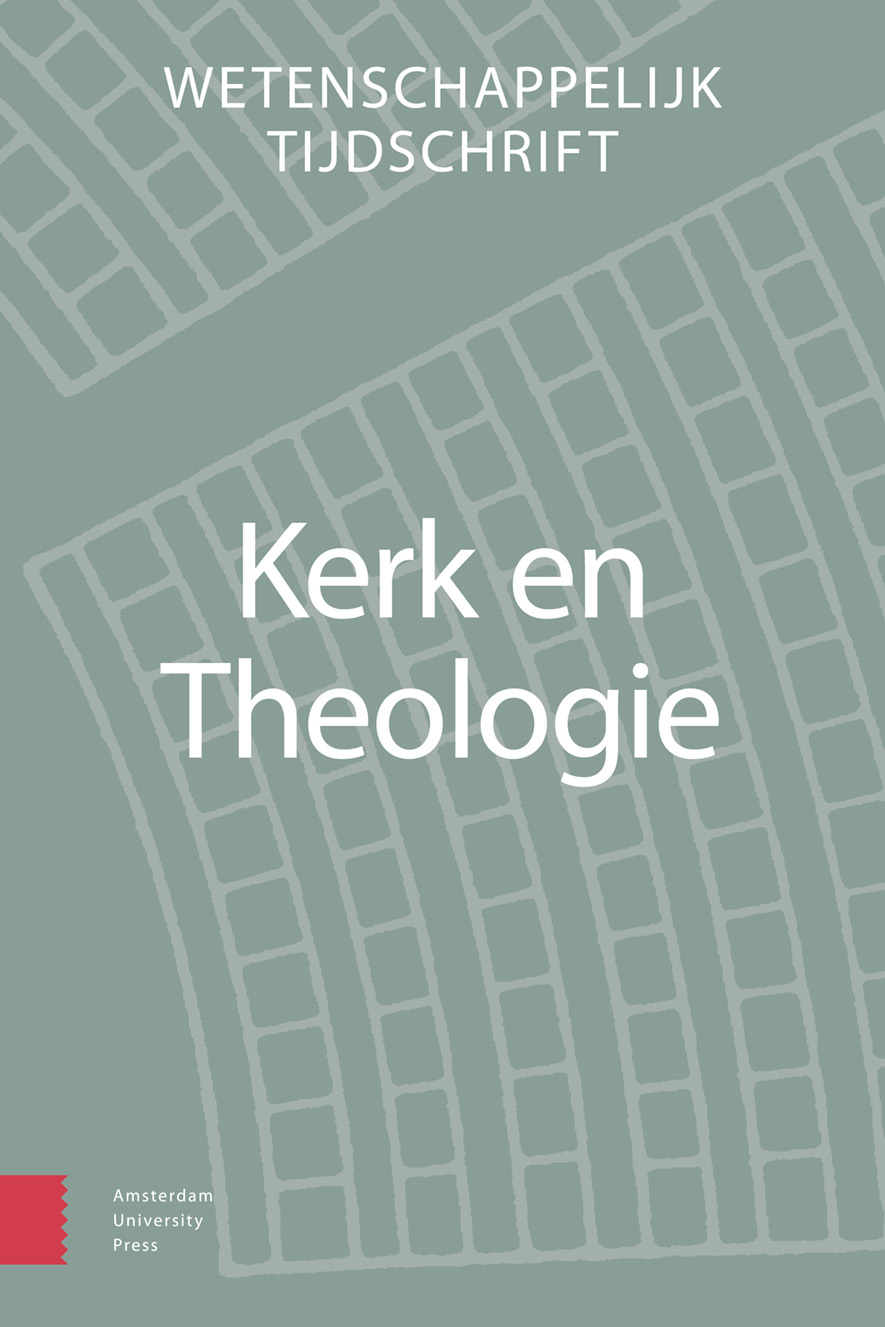
Full text loading...
This is the second installment of a contribution about the historical Jesus. Having argued that the early Christian resurrection and exaltation kerygma provides the most appropriate entry into the debate, and that a so-called phenomenological approach is the best guarantee for solid scholarly results, this article argues (1) that the earliest recoverable traditions about the post-Easter Jesus suggest that the ‘Easter event’ functioned as a trigger for christological reflection; (2) that the post-Easter experience preceded critical reflection; (3) that the appeal to Scripture was intended not to prove but to clarify what had happened to Jesus, and (4) that the gospel writers transmitted their material through a ‘reactive realignment of the past’ (Ricoeur) in terms of the present. It is concluded that – while welcoming all new exegetical and hermeneutical approaches – a firm historical anchorage is non-negotiable in the contemporary quest for the historical Jesus.

Article metrics loading...

Full text loading...
References


